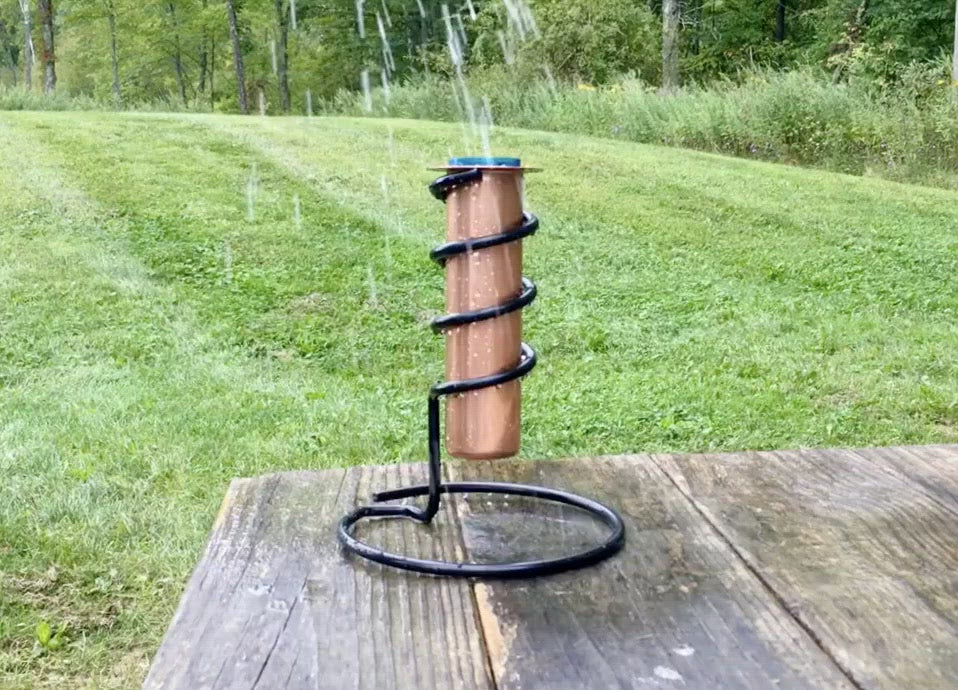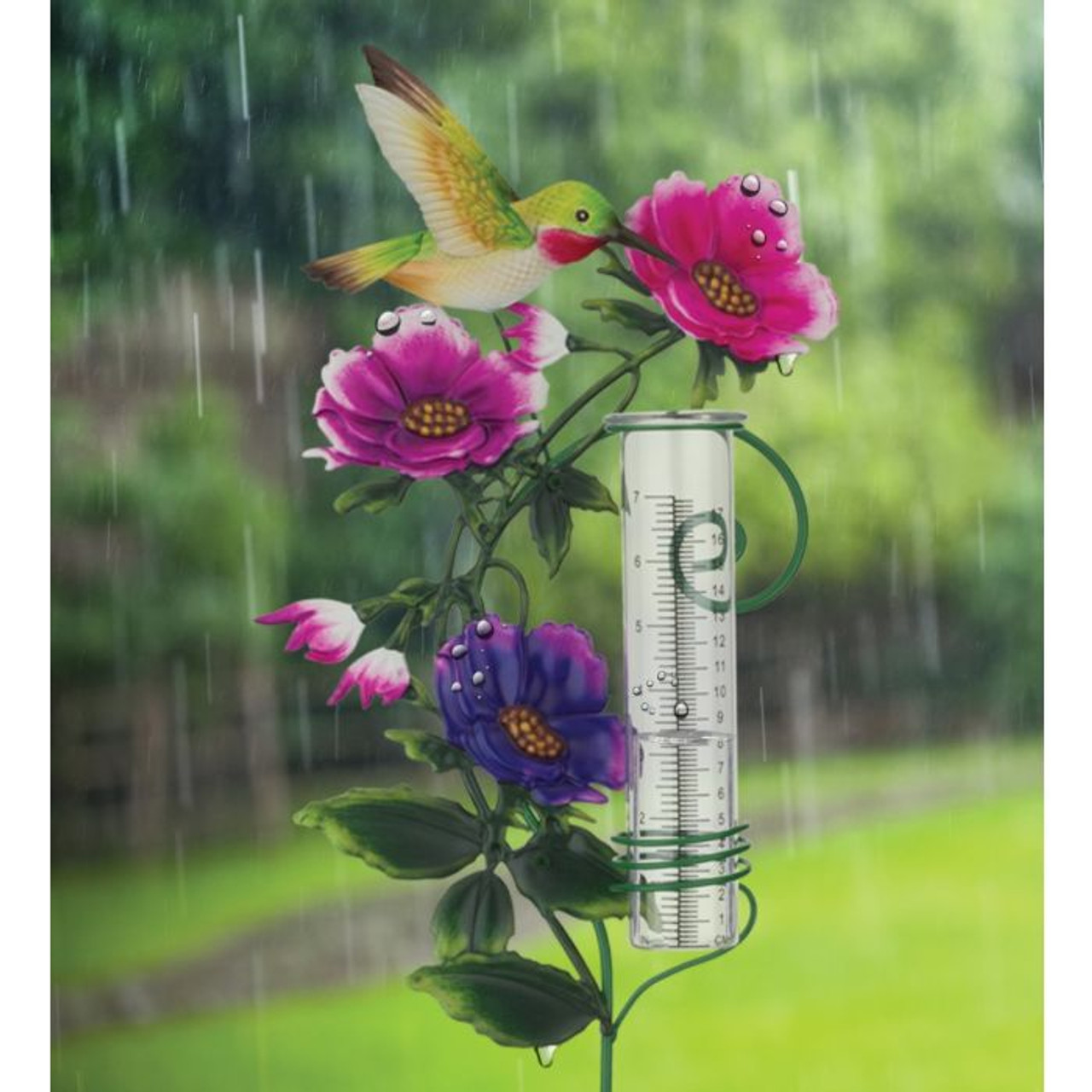Exactly How to Pick the Right Rainfall Scale for Accurate Rain Information
Precise rainfall information is critical for various industries and tasks, such as farming, water, and meteorology source monitoring. To get reliable measurements, it is important to select the best rain scale. This overview intends to give beneficial insights into the selection process, allowing you to make informed choices. Taking into consideration aspects such as area, kind, and precision of the rain scale will certainly assist make sure exact data collection. Additionally, understanding the maintenance and calibration treatments will certainly contribute to the longevity and integrity of your rainfall gauge. By adhering to these guidelines, you can make certain precise rainfall information, allowing better decision-making and planning for various applications.
Relevance of Choosing the Right Rainfall Gauge
The value of selecting the appropriate rainfall gauge depends on obtaining precise and trustworthy rainfall information for precise meteorological analysis. Rainfall data is crucial for a wide variety of applications, consisting of weather condition projecting, hydrological modeling, and environment research. Unstable or imprecise information can lead to incorrect verdicts and flawed decision-making procedures.

Second of all, the precision and precision of the rain scale are extremely important. The scale ought to be able to gauge rainfall with high accuracy, capturing also little quantities of rainfall properly.
In addition, the place and installment of the rain gauge are critical considerations. It needs to be put in an open area, far from blockages that might influence rainfall dimensions. The gauge must be positioned at a proper height and angle to stay clear of splashing and make sure proper catchment of rainwater.
Variables to Think About When Picking a Rain Scale
When selecting a rainfall scale, there are numerous crucial aspects to take into consideration. There are various kinds readily available, consisting of standard rain evaluates, tipping bucket rain evaluates, and evaluating rain assesses.
One more aspect to take into consideration is the product of the rainfall gauge. Rain determines can be made of different materials, such as plastic, metal, or glass. The material chosen need to be resilient and resistant to weather, ensuring that the rainfall scale will certainly stand up to the aspects and offer accurate dimensions with time.
Precision is also a vital aspect to think about. Search for rain determines that have actually been calibrated and tested for precision. Attributes such as anti-splash rings and funnels can additionally enhance the accuracy of the dimensions.

Lastly, think about the climate and atmosphere in which the rainfall gauge will certainly be used. Various rain assesses are suitable for different environments, so it is essential to select one that is appropriate for the conditions in your location.
Different Sorts Of Rainfall Assesses Readily Available
To further check out the variables to think about when picking a rain gauge, it is essential to comprehend the different types of rainfall determines available. The most common type is the basic rain gauge, additionally known as the cylindrical rain gauge.
One more type of rainfall scale is the tipping container rain scale. This scale utilizes a seesaw-like mechanism to collect and measure rainfall. As the rainfall falls into the scale, it fills one side of the container, triggering it to tip and empty the water. The variety of ideas is counted digitally to establish the amount of rains. Tipping bucket rain gauges are popular for their accuracy and ability to determine rains intensity.
A third kind of rainfall gauge is the weighing rainfall scale. This scale utilizes an equilibrium system to determine the weight of the gathered rainfall. As the rain comes under the gauge, it is collected in a container attached to a balance. The weight of the water is gauged, and the rains quantity is calculated based on the weight. Considering rain determines are extremely accurate yet can be much more pricey and require normal maintenance.
Ultimately, there are likewise remote rainfall gauges that use progressed innovation to gauge rainfall (The Rain Gauge). These evaluates usage sensing units and transmitters to send information wirelessly to a main unit. Remote rainfall determines are convenient for checking rainfall in hard-to-reach locations or for large-scale information collection
Just How to Identify the Accuracy of a Rainfall Scale
One way to examine the precision of a rainfall gauge is by carrying out normal calibration dimensions. Calibration includes contrasting the readings of a rain scale to a typical measurement, such as a certified rain scale or a climate terminal with high accuracy. By comparing the measurements, any inconsistencies or inaccuracies in the rain gauge can be recognized and represented.
To perform a calibration measurement, beginning by gathering rains data from both the rain gauge and the conventional dimension tool over a particular amount of time, such as a month. After that, compare the readings and determine the difference between them. This difference is referred to as the calibration error.
It is very important to note that calibration dimensions must be done consistently, as ecological aspects, such as wind, debris, and temperature level, can impact the accuracy of the rainfall gauge in time. By conducting normal calibrations, any type of changes in the precision of the rain scale web link can be found and modifications can be made appropriately.
Along with calibration, it is likewise recommended to tidy and maintain the rainfall gauge frequently to guarantee its accuracy. Get rid of any type of particles or blockages that may affect the precision of the measurements, and examine for any type of indicators of damages or put on that might require fixings or replacement.
Tips for Keeping and Calibrating Your Rainfall Gauge
Routine maintenance and calibration are essential for guaranteeing the precision and reliability of your rainfall scale in determining rainfall information (The Rain Gauge). By following a few basic tips, you can make sure that your rain gauge is properly preserved and adjusted
Firstly, it is essential to website link cleanse your rain scale frequently to avoid any kind of debris or dust from blocking the rainfall collection mechanism. Make use of a soft brush and a mild detergent to delicately cleanse the inside and beyond the gauge. Rinse it completely with tidy water and permit it to dry completely before reinstalling it.
Second of all, it is advised to adjust your rainfall scale at the very least once a year. Calibration includes comparing the dimensions of your rainfall scale with those of a relied on and exact referral scale. This will certainly help you identify and fix here are the findings any potential errors in your rainfall scale's dimensions.
To adjust your rainfall scale, accumulate a well-known quantity of water making use of a gauging container and contrast it with the dimensions videotaped by your rainfall scale. Change the analyses appropriately to guarantee accuracy.

Final Thought
To conclude, choosing the best rain scale is important for obtaining accurate rains data. When picking a rainfall gauge, variables such as budget plan, objective, and place ought to be taken into consideration. There are numerous sorts of rainfall assesses readily available, each with their very own benefits and limitations. It is necessary to routinely preserve and adjust your rain gauge to guarantee its precision. By following these guidelines, exact rains data can be acquired for numerous applications.
There are various kinds readily available, consisting of basic rain evaluates, tipping bucket rain assesses, and considering rainfall assesses.To better explore the elements to consider when choosing a rain scale, it is important to comprehend the different types of rainfall gauges offered. The most typical type is the typical rain gauge, likewise understood as the round rainfall scale.Another type of rain scale is the tipping bucket rain gauge. Calibration involves comparing the analyses of a rain scale to a typical dimension, such as a qualified rainfall scale or a weather station with high accuracy.